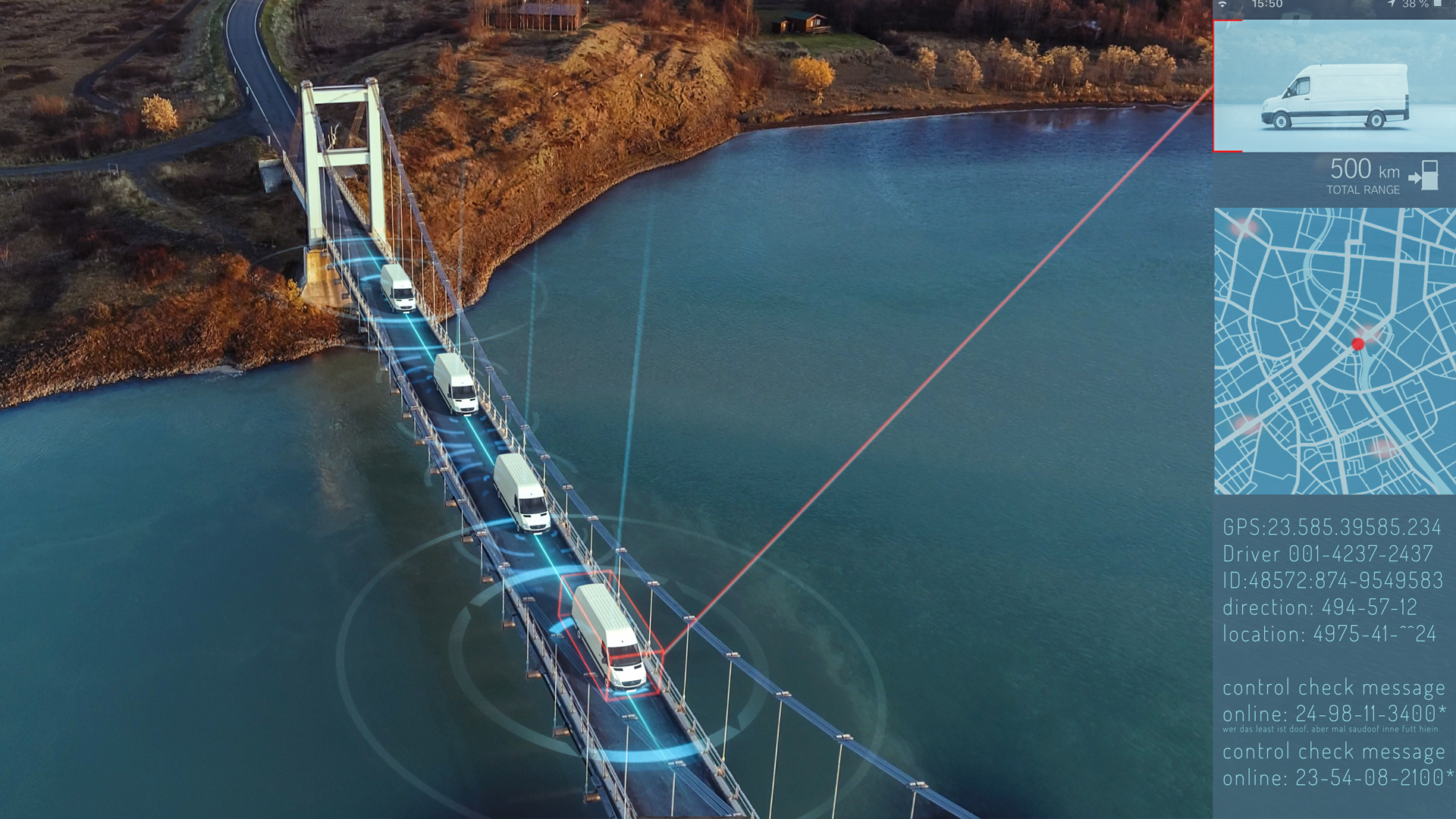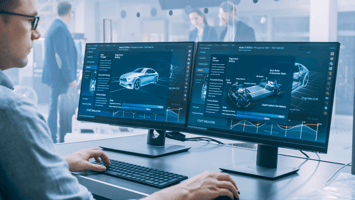In the past few decades, mass production, lean adoption, and globalization were the key enablers...
Unlocking Advanced Possibilities of AI Among Commercial Fleets

Trucks today are computers on wheels constantly communicating data points, such as location, engine status, and other performance measures to various business units and systems of their organizations. The problem: this information is generally sent over multiple channels at different times. For example, fleet managers need the same information on fuel consumption as the team for truck maintenance, and both have their own separate copy of the data — sometimes even separate channels to transfer the data. And up until now, this information was utilized solely to report on past events or as a status indicator within telematics solutions.
Digital twins of commercial fleets are revolutionizing how fleet managers, operators, and service technicians act on information by leveraging artificial intelligence and predictive analytics. By enabling seamless convergence of physical and virtual versions of actual vehicles on the road, the digital twin has the potential to address multiple challenges that exist in the automotive value chain today. Fleets that become early adopters of the ‘digital twin’ will be able to unify operations under a single umbrella to reap superior gains and outperform the competition.
While telematics currently provide a feature set for managing fleets, they lack the important ability to track and analyze data from each vehicle in real time and then aggregate information to maintain continuous situational awareness for the fleet. What if the real-time telemetry tracking for each truck could be aggregated within seconds to spot emerging issues that affect many trucks and require a strategic response? Real-time digital twins can address these shortcomings with a powerful, fast, easy to develop, and highly scalable solution.
Instead of just snapshotting incoming telemetry, real-time digital twins immediately analyze every data point, update their state information about the truck’s condition, and send out alerts or commands to the truck or to managers as necessary. For example, they can track engine performance with knowledge of the engine’s known issues and maintenance history. They can track position, speed, and acceleration with knowledge of the route, schedule, and driver.
Real-time digital twins digest raw telemetry and enable intelligent alerting in the moment that assists both drivers and dispatchers in surfacing issues that need immediate attention. They are much easier to develop than typical streaming analytics applications, which have to sift through the telemetry from all data sources to pick out patterns of interest and which lack contextual information to guide them.
How are commercial fleets using our Digital Twins to realize value?
CarTwin empowers fleets with predictive analytics to drive efficiencies, reduce downtime, and improve customer satisfaction. Our virtual fleet solution uses digital twin technology to increase availability, reliability, efficiency, and profitability among commercial fleets - both large and small. It connects seamlessly to your existing telematics platform or bolts on as a hardware-enabled solution for non-connected vehicles. Our predictive maintenance footprint decreases downtime and maintenance costs by deploying the right amount of service to the right asset at the right time, maximizing your return on investment.
Our AI-driven telematics companion powers critical decision-making and operations for some of the industry’s largest and most innovative players. It unlocks the potential of shared data across commercial fleets — establishing a foundation for greater communication, collaboration, and growth. It enables teams to proactively surface and understand field issues and derive measures to ensure higher safety and customer satisfaction, all while reducing quality costs.
Data is the most precious resource in the modern world and deploying Digital Twin technology allows finding its practical application to carry out efficient planning, forecasting, automated decision making, and other tasks. Digital twins integrate the full lifecycle of vehicle data into a collaborative environment for analysis, providing a holistic view of quality — leading to faster issue identification and resolution. These solutions give commercial fleets the ability to unlock value immediately to accelerate growth, reduce costs, and shape the future of their operations.
